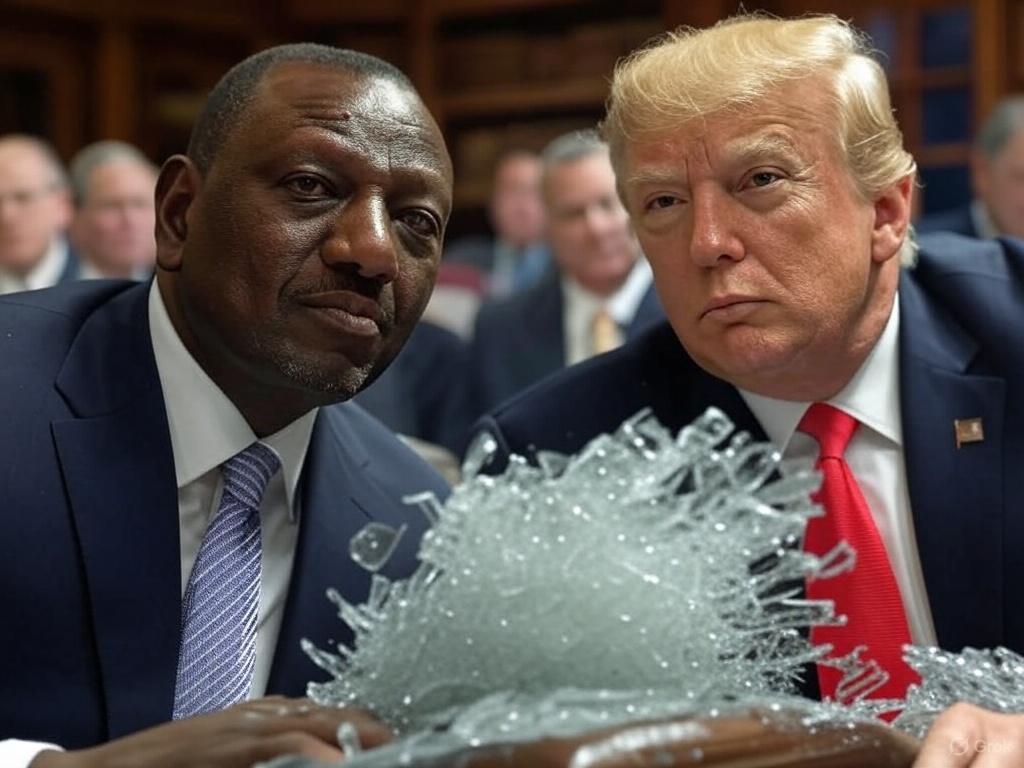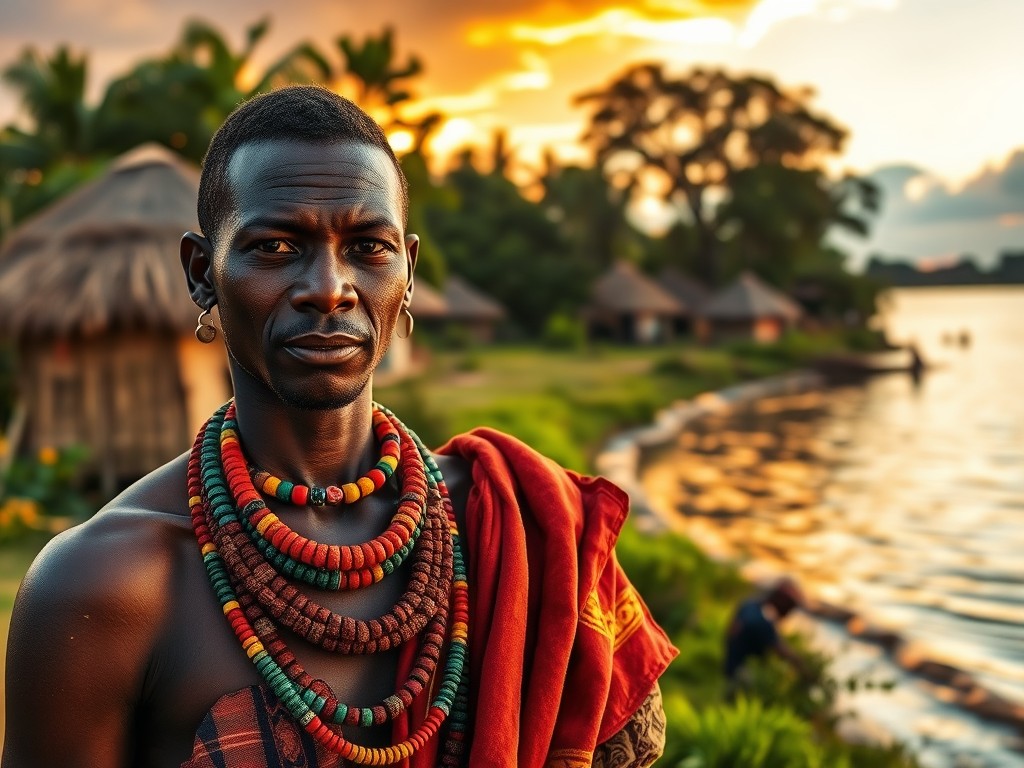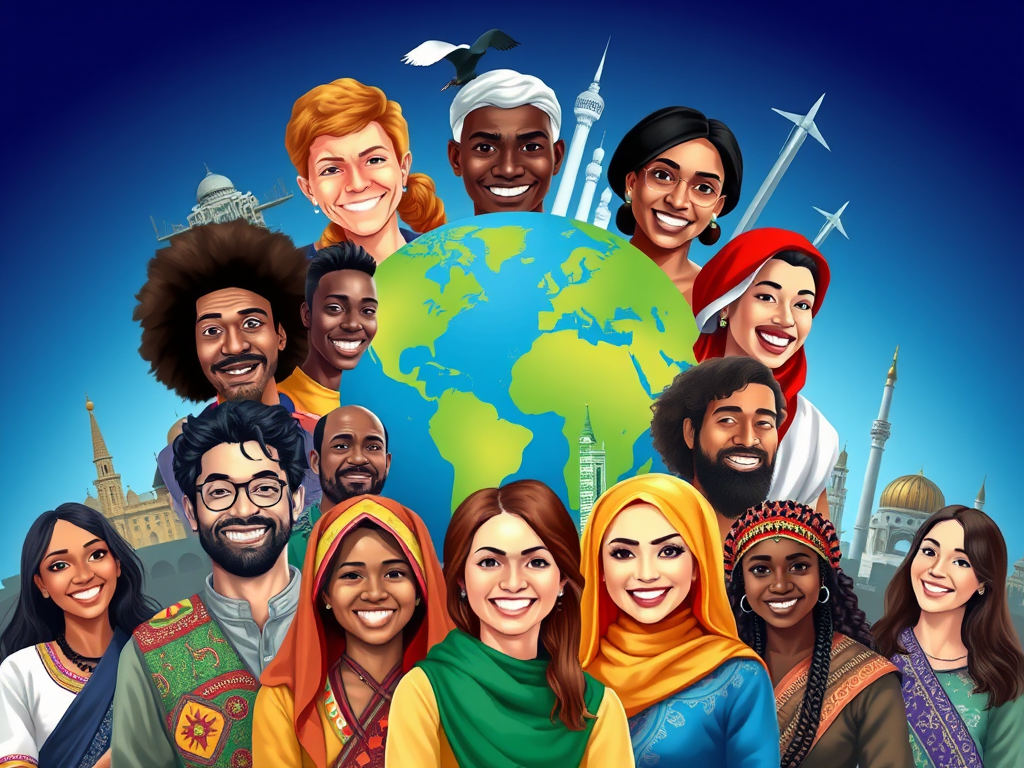Why are black people and white different in color?
Skin color is one of the most noticeable differences among human populations. While some assume it’s purely a racial trait, the reality is far more complex—rooted in evolution, genetics, and environmental adaptation. This blog post explores why humans (and even animals) vary in pigmentation, how climate influences skin color, and why neighboring populations can have vastly different shades.
1. Melanin: The Pigment Behind Skin Color
The primary determinant of skin color is melanin, a pigment produced by cells called melanocytes. There are two main types:
- Eumelanin (brown/black) – Provides darker skin tones and stronger UV protection.
- Pheomelanin (red/yellow) – Found in lighter skin and associated with freckles/red hair.
The more eumelanin a person has, the darker their skin. This variation didn’t happen randomly—it evolved over thousands of years due to environmental pressures.

2. How Climate and Geography Influence Skin Color
Sunlight and UV Radiation
- Near the Equator (Africa, South Asia, South America):
- Intense UV radiation increases the risk of DNA damage and folate depletion (critical for reproduction).
- Darker skin evolved as a natural sunscreen, protecting against UV-induced harm.
- Higher Latitudes (Europe, Northern Asia):
- Less UV radiation means the body needs to maximize vitamin D synthesis.
- Lighter skin allows more UVB absorption, preventing vitamin D deficiency (which can cause rickets and weaken immunity).
Why Aren’t Arabs as Dark as Sub-Saharan Africans?
- While the Middle East is sunny, it’s not as consistently intense as equatorial Africa.
- Historical migrations and genetic mixing (with Europeans and Central Asians) also influenced skin tones.
- Some Arab populations do have darker skin (e.g., Yemenis, Sudanese Arabs), showing that adaptation varies.
Why Are South Sudanese Darker Than Ethiopians and Somalis?
- Ethiopia and Somalia have highland regions with slightly milder UV exposure.
- Historical gene flow from Middle Eastern and Eurasian populations (due to trade and migration) introduced lighter skin alleles.
- South Sudan’s lowland tropical climate favors maximum melanin production.

3. Animal Parallels: Cats, Dogs, and Cattle
Just like humans, animals adapt to their environments:
- Cats & Dogs: Arctic breeds (like Huskies) have thicker fur and sometimes lighter coats, while desert animals may have sandy-colored fur for camouflage.
- Zebu vs. Friesian Cattle:
- Zebu cattle (Africa/Asia) have loose skin and light-colored coats to reflect heat.
- Friesians (Europe) are larger, with dark patches but adapted to colder climates.
- Despite differences, they can interbreed—just like humans with varying skin tones can produce mixed offspring.
This shows that adaptation doesn’t always prevent interbreeding, as long as the species are closely related.
4. How Long Would It Take a Black Person to Turn White in Scandinavia?
- Not in one lifetime! Evolution works over thousands of years.
- If a dark-skinned population moved to Norway, natural selection would favor lighter skin over many generations (possibly 10,000+ years).
- Modern humans migrate faster than evolution, so we see mixed traits rather than sudden changes.
5. Why Are Asians Lighter Than Africans but Darker Than Europeans?
- East Asians evolved in moderate UV zones (China, Korea, Japan).
- Their skin tone balances some UV protection while allowing vitamin D synthesis.
- Some groups (like the Inuit) have darker skin despite living in the Arctic—their diet (rich in vitamin D from fish) reduced evolutionary pressure to lighten.

6. Why Do African Tribes Have Different Skin Tones?
Africa is hugely diverse in climate:
- Khoisan people (Southern Africa): Lighter, yellowish skin—adapted to semi-arid regions.
- Niger-Congo groups (West/Central Africa): Very dark skin for dense rainforests.
- East Africans (Ethiopians, Maasai): Mixed ancestry from Eurasian migrations created variation.
Final Thoughts: Skin Color Is a Spectrum, Not a Binary
Human pigmentation is a beautiful example of evolution in action—shaped by sunlight, diet, and migration. It’s not about “superior” or “inferior” traits, but rather survival strategies encoded in our DNA.
As globalization increases, skin tones will keep blending, but the science behind them remains a fascinating testament to human adaptability.
Would you like to explore how modern lifestyles (indoor work, sunscreen) might affect future skin color evolution? Let me know in the comments!

References:
- Jablonski & Chaplin (2010), Human Skin Pigmentation as an Adaptation to UV Radiation
- Reich et al. (2009), Genetic History of Human Populations
- Norton & Hammer (2007), Sequence Variation in the Melanocortin-1 Receptor Gene





